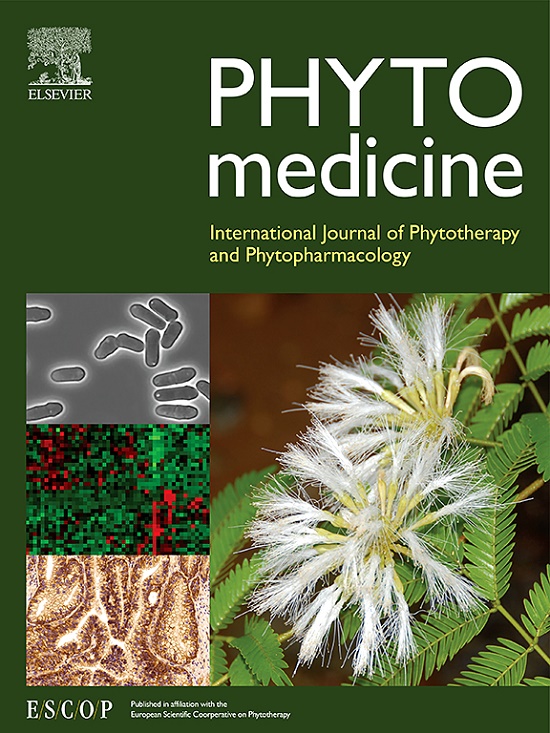Structural and functional properties of common natural organic cations
IF 6.7
1区 医学
Q1 CHEMISTRY, MEDICINAL
引用次数: 0
Abstract
Background
Natural products have emerged as a critical focus in modern scientific research due to their structural diversity and therapeutic potential. Among these are natural organic cations—a distinct class of nitrogen- and oxygen-containing compounds. Despite their pharmacological relevance, the literature lacks a systematic synthesis of structure-activity relationships for natural organic cations (NOC). This gap hinders the rational development of NOC-based therapies as sustainable alternatives to synthetic compounds.
Methods
Literature was searched and collected using databases, including PubMed, Science Direct, and Web of Science. The search terms used included "natural organic cation", "alkaloid", "anthocyanin", "structure-activity relationship", "charge interaction", "π-cation interaction", "biological activity", "antimicrobial", "antioxidant", "anticancer", "neuroprotection", "anti-inflammatory", “berberine", "coptisine", "palmatine", “cyanidin", "delphinidin", "pelargonidin", "free radical scavenging", "gut microbiota metabolism", "NF-κB pathway”, "G-quadruplex DNA", "isoquinoline alkaloid", "protoberberine", "benzophenanthridine", "planar conjugated system", "charge delocalization", "methylenedioxy group", and several combinations of these words.
Results
The bioactivity of NOC is underestimated. This review uncovers the structure-activity relationships of NOC. Firstly, planar conjugated systems and substituents control target binding: N⁺ in alkaloids enhances DNA/protein affinity, while O⁺ in anthocyanins enables free radical scavenging and enzyme inhibition. Secondly, cationic species outperform neutral analogs in antimicrobial potency, antioxidant capacity, and target selectivity. NOC bind to biomolecules via π-cation/π-π stacking and electrostatic binding. Charge localization in conjugated systems enhances stability and bioactivity.
Conclusion
This review consolidates evidence that NOC represent promising candidates for replacing synthetic compounds in therapies for cancer, neurodegeneration, metabolic disorders, etc. Key findings highlight the superiority of cationic species in target engagement and bioactivity, driven by planar conjugated systems and substituent effects. However, clinical translation requires addressing gaps in bioavailability and long-term safety. Future research must prioritize structural optimization and mechanistic validation. By bridging these gaps, NOC could advance as sustainable, low-toxicity agents in precision medicine and functional nutrition.

求助全文
约1分钟内获得全文
求助全文
来源期刊

Phytomedicine
医学-药学
CiteScore
10.30
自引率
5.10%
发文量
670
审稿时长
91 days
期刊介绍:
Phytomedicine is a therapy-oriented journal that publishes innovative studies on the efficacy, safety, quality, and mechanisms of action of specified plant extracts, phytopharmaceuticals, and their isolated constituents. This includes clinical, pharmacological, pharmacokinetic, and toxicological studies of herbal medicinal products, preparations, and purified compounds with defined and consistent quality, ensuring reproducible pharmacological activity. Founded in 1994, Phytomedicine aims to focus and stimulate research in this field and establish internationally accepted scientific standards for pharmacological studies, proof of clinical efficacy, and safety of phytomedicines.
 求助内容:
求助内容: 应助结果提醒方式:
应助结果提醒方式:


